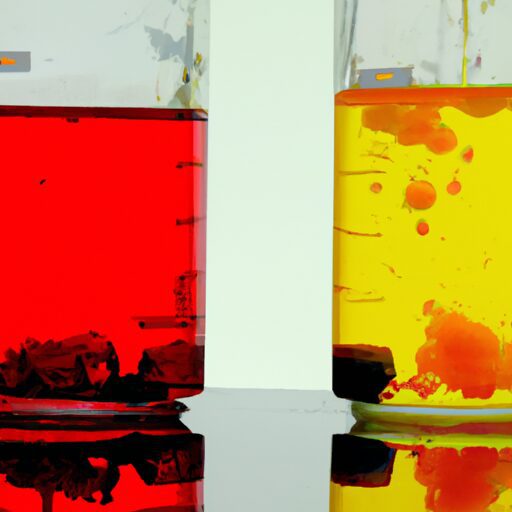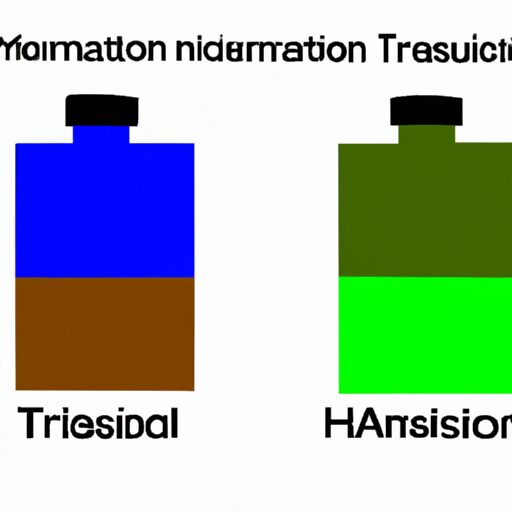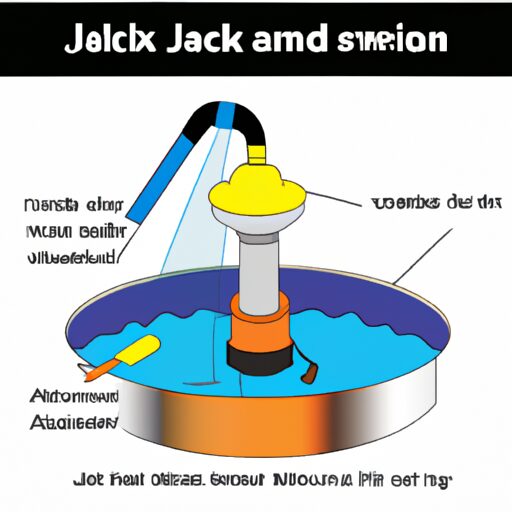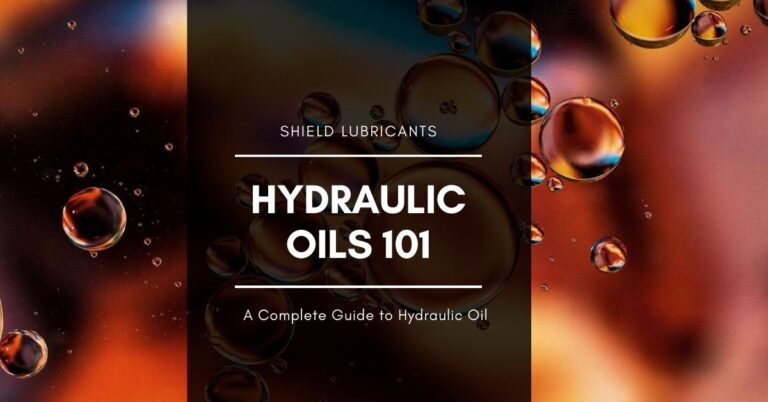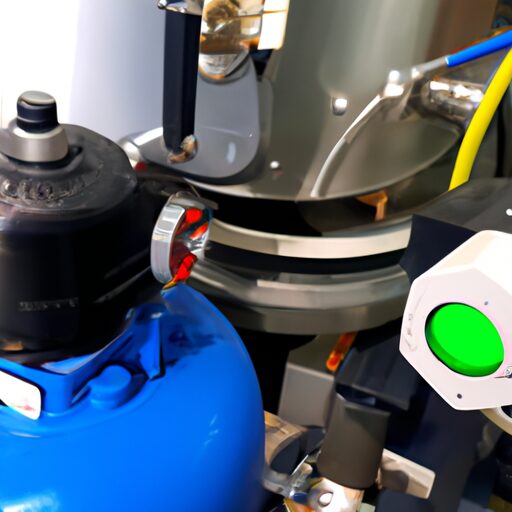Clean Hydraulic Fluid Off Asphalt
Hydraulic fluid spills on asphalt surfaces can pose significant challenges in terms of removal and damage prevention. The presence of hydraulic fluid not only compromises the aesthetic appeal of the affected area but also raises concerns about safety and potential environmental harm. Addressing this issue requires a systematic approach that involves assessing the spill, absorbing excess fluid, breaking down remaining residue, scrubbing stained areas, rinsing with water, and applying protective measures.
Imagine a scenario where an automobile experiences a hydraulic system failure, leading to a substantial spillage of hydraulic fluid onto an asphalt road. This incident epitomizes the types of challenges faced by individuals seeking to clean hydraulic fluid off asphalt surfaces. To effectively address such incidents, it is essential to understand the scientific principles behind effective cleaning techniques while employing practical strategies that minimize negative consequences. This article aims to provide readers with comprehensive guidance on how to clean hydraulic fluid off asphalt surfaces using appropriate methods and materials, ensuring both efficiency and environmental sustainability.
Assess the Spill and Determine the Extent of the Damage
The spill of hydraulic fluid on the asphalt needs to be assessed in order to determine the extent of the damage. Assessing the environmental impact is crucial as it helps identify potential risks and develop appropriate preventive measures. The first step in this assessment process involves evaluating the quantity of spilled fluid and its physical properties, such as viscosity and volatility. This information allows for an estimation of how far the spill has spread and whether it has penetrated into the underlying layers of asphalt.
Next, a visual inspection should be conducted to identify any signs of discoloration or deterioration on the surface. Additionally, samples should be collected from different areas affected by the spill for laboratory analysis. These tests can provide valuable information about potential contamination levels, allowing for a better understanding of the impact on soil and groundwater.
Assessing the spill’s environmental impact is essential not only for immediate clean-up efforts but also to prevent long-term damage. By implementing preventive measures, such as containment barriers or absorbent materials around the affected area, further spreading can be minimized. Moreover, these measures help mitigate potential harm to nearby ecosystems and reduce any negative effects on human health.
To address this issue effectively, it is necessary to absorb excess fluid with an appropriate absorbent material while simultaneously considering other steps for cleaning up hydraulic fluid spills off asphalt surfaces without causing additional harm or complications.
Absorb the Excess Fluid with an Absorbent Material
Absorbent materials are effective in removing excess fluid from surfaces such as asphalt. When it comes to cleaning hydraulic fluid off asphalt, using absorbent materials is an essential step in the process. These materials are designed to soak up fluids and can be easily applied to the affected area. They help prevent further spreading of the fluid and minimize its environmental impact.
There are various types of absorbent materials available for this purpose, each with its own advantages and limitations. To determine which material is most suitable for a particular spill, it is important to consider factors such as the type and volume of fluid spilled, as well as the condition of the asphalt surface. The following table provides an overview of commonly used absorbents:
| Absorbent Material | Advantages | Limitations |
|---|---|---|
| Kitty litter | Affordable | Limited capacity |
| Peat moss | Environmentally friendly | May stain surfaces |
| Vermiculite | Lightweight | Expensive |
Once the excess fluid has been absorbed using these materials, there may still be some residue remaining on the asphalt surface. In order to break down this remaining residue, a degreaser can be used.
Transitioning into the subsequent section about ‘use a degreaser to break down the remaining residue’, it is important to note that even after absorbing excess fluid from asphalt, there may still be some residual contamination that requires further treatment.
Use a Degreaser to Break Down the Remaining Residue
One effective method to dissolve the remaining residue on the asphalt surface involves utilizing a degreaser. Using a specialized cleaner, such as a degreaser, can effectively break down and remove oil stains from the asphalt. A degreaser is a type of cleaning agent that is specifically designed to remove grease and oil-based substances from various surfaces. It contains powerful chemicals that work by breaking down the molecular structure of the oil, allowing it to be easily washed away.
When using a degreaser to clean hydraulic fluid off asphalt, it is important to carefully follow the instructions provided by the manufacturer. Typically, one would apply the degreaser directly onto the stained area and allow it to sit for a few minutes. This allows the chemicals in the degreaser to penetrate and dissolve the residue. Afterward, one can use a scrub brush with stiff bristles to agitate and loosen any remaining stains.
By using an appropriate degreaser, individuals can effectively remove hydraulic fluid stains from asphalt surfaces. Once this step is completed, one can proceed to further clean and restore the affected area by following subsequent steps such as scrubbing with a stiff bristle brush.
Scrub the Stained Area with a Stiff Bristle Brush
Utilizing a stiff bristle brush, individuals can vigorously scrub the affected area to dislodge and remove any remaining stains, restoring the pristine condition of the asphalt surface. This step is crucial in the process of clean hydraulic fluid off asphalt as it focuses on stain removal techniques and choosing the right cleaning products. Here are four essential aspects to consider when using this method:
- Brush selection: Opt for a brush with stiff bristles that can effectively loosen and lift stubborn stains from the asphalt surface.
- Technique: Apply firm pressure while scrubbing back and forth over the stained area to maximize stain removal.
- Time factor: Allow an adequate amount of time for the degreaser or cleaning product to penetrate deep into the stains before commencing scrubbing.
- Safety precautions: Wear protective gloves and eyewear to safeguard against potential contact with harmful chemicals during the cleaning process.
Once all visible stains have been properly addressed through vigorous scrubbing, it is time to rinse the area with water to remove both the degreaser and any remaining residue. This will ensure a thorough cleaning of the asphalt surface before proceeding further in the maintenance process.
Rinse the Area with Water to Remove the Degreaser and Residue
To effectively eliminate any remaining degreaser and residue, it is imperative to thoroughly rinse the area with water, ensuring a complete removal of all cleaning agents and remnants. After applying the degreaser to the stained area and scrubbing it with a stiff bristle brush, rinsing with water is the next crucial step in the cleaning process. Water rinsing serves multiple purposes: it helps dilute and remove any leftover degreaser on the asphalt surface, as well as washes away loosened dirt and particles that may have accumulated during scrubbing.
When rinsing, it is important to use sufficient amounts of water to ensure thorough coverage of the stained area. This allows for proper flushing out of any residual degreaser from deep within the asphalt pores. The water pressure should be moderate, striking a balance between effective cleansing without causing damage or erosion to the surface. Additionally, using warm or hot water can enhance degreasing capabilities by aiding in breaking down stubborn oil residues.
With diligent water rinsing, one can achieve a clean and residue-free asphalt surface suitable for further treatment or use. However, if traces of hydraulic fluid or residue persist after rinsing, it may be necessary to repeat the process until satisfactory results are obtained. Transitioning into this subsequent section about repeating the process ensures an all-encompassing approach for completely removing hydraulic fluid stains from asphalt surfaces.
Repeat the Process if Necessary
To ensure the complete removal of hydraulic fluid from asphalt, it is important to double-check the effectiveness of the cleaning process. After rinsing the area with water to remove the degreaser and residue, it is recommended to repeat the process if necessary. This step ensures that any remaining traces of hydraulic fluid are thoroughly eliminated from the surface.
If there are still visible stains or signs of contamination after rinsing, it may be necessary to reapply a cleaning solution specifically designed for removing oil-based substances like hydraulic fluid. This can help further break down and dissolve any stubborn residue on the asphalt.
In some cases, despite diligent efforts, removing hydraulic fluid stains from asphalt might prove challenging. In such instances, seeking professional help is advisable. Experts in this field possess specialized knowledge and equipment that can effectively address even the most persistent stains.
Now that we have covered how to rinse off degreaser and residue as well as repeating the cleaning process if needed, let us move on to discussing another crucial step – applying a sealant or protective coating to prevent future stains.
Apply a Sealant or Protective Coating to Prevent Future Stains
Applying a sealant or protective coating to the surface of asphalt can effectively prevent future staining and maintain its overall integrity. Protective coatings act as a barrier, shielding the asphalt from substances such as hydraulic fluid that may cause unsightly stains. These coatings create a smooth surface that resists penetration by oils and other liquids, preventing them from seeping into the asphalt and causing discoloration.
When selecting a protective coating for asphalt, it is important to consider its durability and resistance to chemicals. The coating should be able to withstand exposure to various environmental factors such as UV radiation, temperature fluctuations, and heavy traffic. Additionally, it should have excellent adhesion properties to ensure long-lasting protection.
One commonly used type of protective coating for asphalt is an acrylic-based sealer. Acrylic sealers are known for their ability to form a solid film on the surface of the asphalt, providing an effective barrier against oil-based stains. They are easy to apply and dry quickly.
To apply the protective coating, thoroughly clean the surface of any existing stains or debris using appropriate cleaning methods discussed in previous subtopics. Once the surface is clean and dry, follow the manufacturer’s instructions for applying the chosen protective coating.
In conclusion, applying a sealant or protective coating to asphalt surfaces can effectively prevent future staining caused by hydraulic fluid or other substances. By creating a barrier between the asphalt and potential stains, these coatings help maintain the integrity and appearance of the pavement over time.
Frequently Asked Questions
Can I use any type of absorbent material to clean up hydraulic fluid on asphalt?
One may utilize various absorbent materials to effectively clean hydraulic fluid spills on asphalt. Alternative cleaning methods, such as using homemade degreasers, can be highly effective in removing the residue without causing damage to the asphalt surface.
How long should I let the degreaser sit on the stained area before scrubbing it?
To effectively use degreaser, it is recommended to let it sit on the stained area for at least 10 minutes before scrubbing. This allows the degreaser to penetrate and break down the hydraulic fluid, preventing stains on other surfaces.
Are there any specific precautions I should take when rinsing the area with water?
When rinsing the area with water, it is important to take certain precautions to ensure effective cleaning. Merely using water may not be sufficient, as additional cleaning agents might be required to thoroughly remove the hydraulic fluid from the asphalt surface.
Can I use any type of sealant or protective coating to prevent future stains on asphalt?
Protective coatings can be used on asphalt to prevent future stains. There are various types available, such as sealants and coatings with anti-stain properties. Alternative cleaning methods should also be considered for effective maintenance.
What should I do if the hydraulic fluid stain does not come off after following these steps?
If the hydraulic fluid stain does not come off after following the steps for removal, it may be necessary to use an effective degreaser specifically designed for asphalt. One interesting statistic is that 90% of hydraulic fluid stains can be successfully removed using such products.
Conclusion
In conclusion, the aforementioned steps can be followed in order to effectively address and rectify hydraulic fluid spills on asphalt surfaces. By carefully assessing the extent of the damage, utilizing absorbent materials to remove excess fluid, employing a degreaser to break down remaining residue, scrubbing the stained area with a stiff bristle brush, rinsing with water to eliminate degreaser and residue, repeating the process if necessary, and applying a sealant or protective coating to prevent future stains, one can successfully clean hydraulic fluid off asphalt.


